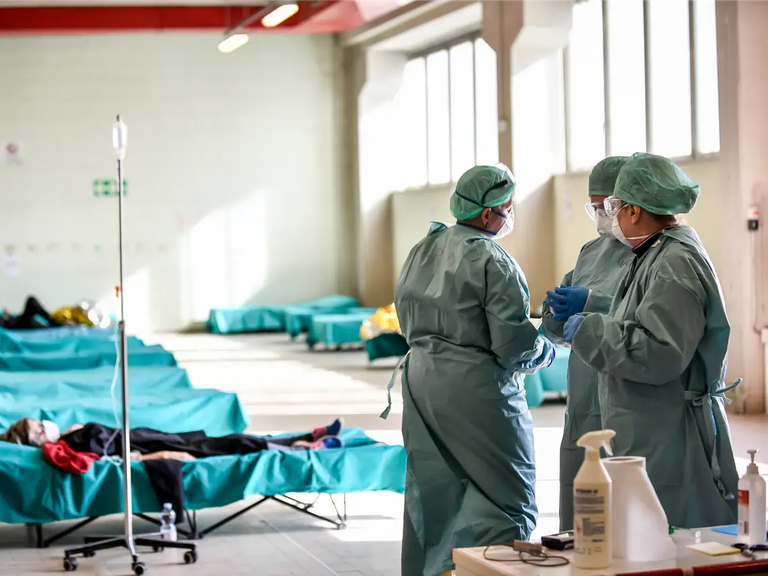
One factor in responses to the pandemic that hasn't got much attention is the way health systems have developed over the last few decades.
Back in 1970 in the UK, there was 9.3 hospital beds per thousand heads of population. By 2010 this had fallen to 3.1 and the figure in 2013 is 2.76. There's a similar trajectory in other European states. Moreover, those fewer beds are now concentrated in a much smaller number of larger hospitals.
Germany by contrast has 8.28 beds per thousand, easily the highest in Europe and just behind South Korea (10.92) and Japan (13.3). In comparison Italy has 3.31, Spain has 2.96, Ireland has 2.56, Sweden 2.59 and the US has 2.89. Other European countries are in the 4 to 6.5 range. (To clarify these are beds of all kinds and the year is the same).
This isn't about funding, because the levels of funding in most OECD countries are in a narrow band (the US is the big outlier, the UK is bang in the middle of the range). It's about how different countries chose to run their hospital system. In the UK, they use the beds much more intensively (they have one of the highest occupancy rates anywhere) and the number of procedures performed per head of population is much higher than it was back in 1970 when there were more beds. As a result of this, the system is much more efficient today.
BUT, almost by definition that means little or no spare capacity. That's why the system is in difficulties even with regular seasonal flu, every winter. The hospital system is very efficient but also very fragile and not at all resilient.
It simply can't cope with a national health emergency of any kind. A flu pandemic of the kind in 1957-8 or 1968-9 (when the system was under pressure but managed relatively easily) would be too much for it because it doesn't have the capacity to cope with a sudden and sustained surge in the need for beds.
The German system on the other hand does have that capacity.
Moving to a smaller number of very large hospitals has obvious efficiency gains but it also makes the system less flexible and resilient. In the context of a major epidemic, it also means you have large hospitals which can (if things go wrong) act as centres of transmission.
